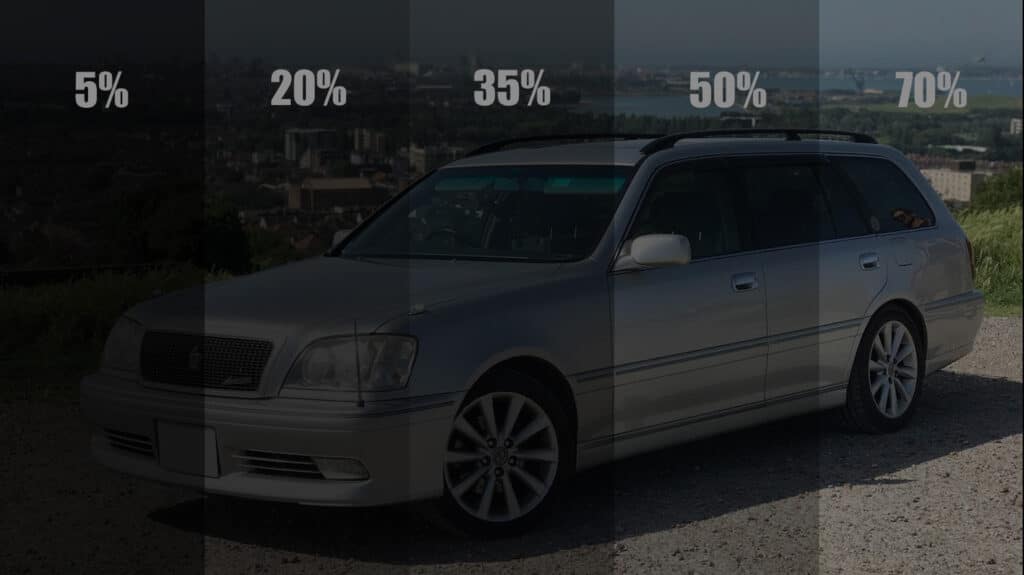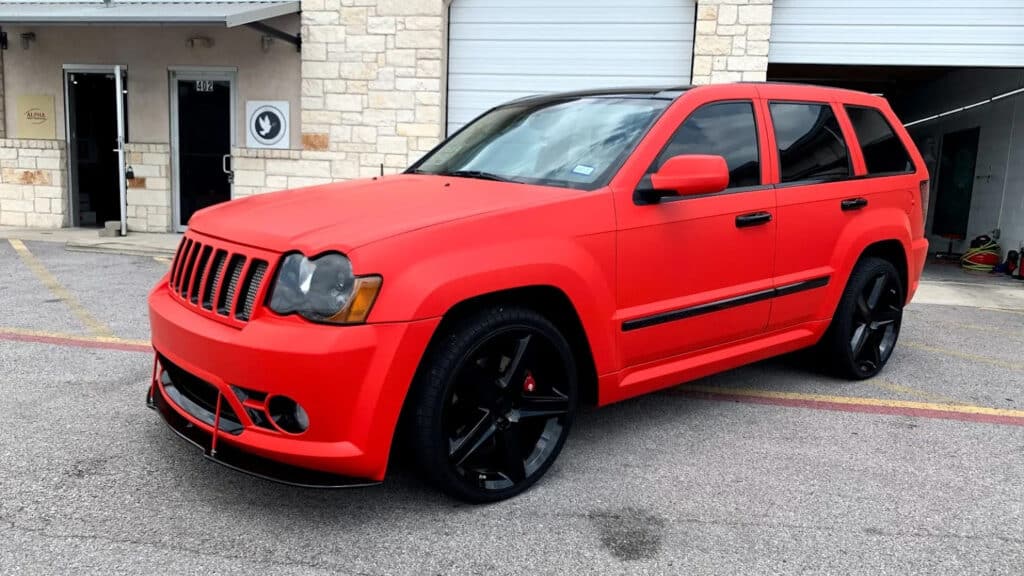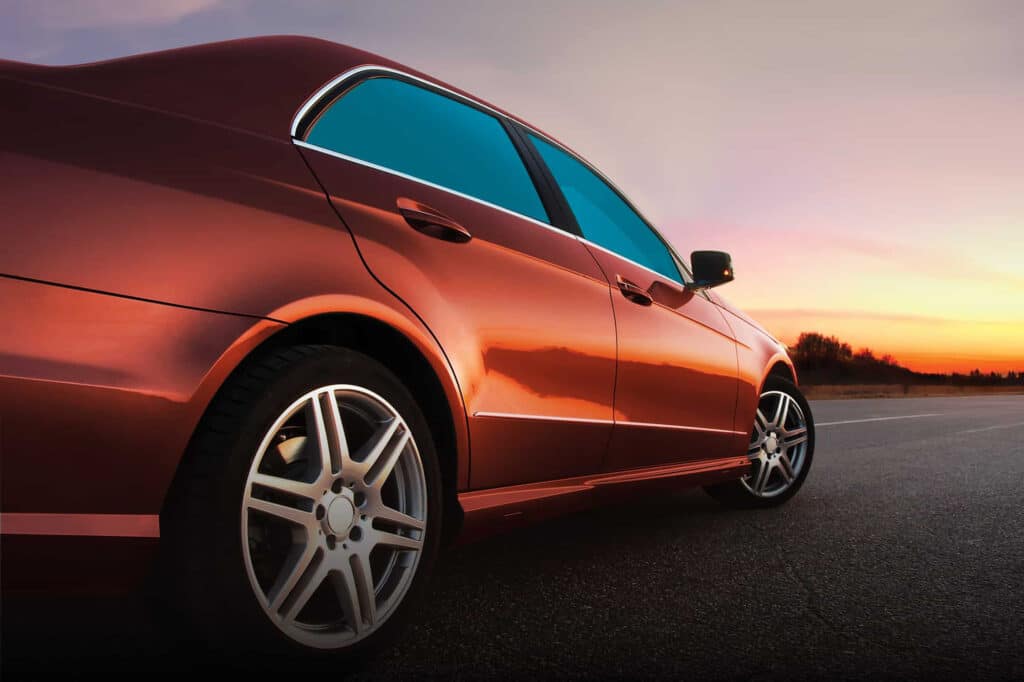Whether you’ve just bought a new car in Minnesota or you’ve just moved to the North Star State with your old vehicle, you need to know about the legality of window tint in MN.
People have different reasons for getting their car windows tinted. Some like the privacy that tinted windows can afford, while for others it’s more about keeping harmful UV rays and the glaring sunlight out of the cabin.
For many, tinted windows are a medical necessity due to conditions such as lupus, photosensitivity, and sun allergies.
However, you can’t just tint your windows as you please across the United States — each state has laid down the law when it comes to window tinting.
In this article, we’ll discuss the window tint laws of Minnesota in detail and provide relevant information that you need to know about before you go through with this upgrade.
Is Window Tint Legal in Minnesota?

Window tints are completely legal in Minnesota, as long as they adhere to the state’s guidelines on the same.
Minnesota’s tint laws were first formulated and enacted in 1985. Certain amendments and revisions were made in 2020 and passed through the 2020 Minnesota Statutes.
Like all other states, Minnesota’s tint law is also concerned with two primary aspects of tinting — window tint and tint reflection.
We will explore both aspects in detail down below.
Permitted Window Tint Darkness

In order to be able to see clearly while driving in at night or during poor weather conditions, your car windows need to be able to filter through a certain specified amount of visible light.
If you’re wondering how the transparency of your window is measured, it’s done in terms of visible light transmission (VLT).
This is a percentage value that shows how much light infiltrates a particular medium — tinted windows in this case.
Therefore, each window in your car needs to have a minimum VLT level in order to be considered legal. The darker the tint, the lower the amount of light it’ll let through, and the harder it is to see into the car.
Here are the levels of legal window tint in MN for different types of vehicles.
Sedans
Windshield: No tinted film is allowed anywhere on the windshield.
Driver-side windows: 50% VLT or higher is mandatory.
Passenger-side windows: 50% VLT or higher is mandatory.
Rear window: 50% VLT or higher is mandatory.
SUVs and Vans

Windshield: No tinted film is allowed anywhere on the windshield.
Driver-side windows: 50% VLT or higher is mandatory.
Passenger-side windows: Any darkness in the tint is permitted.
Rear window: Any darkness in the tint is permitted.
Acceptable Tint Reflection
Tint reflection, as the name suggests, refers to the tint film’s ability to reflect light.
The reflective tinted film may be a necessity to keep out the glare during the summer, but you should be aware of the fact that heavily tinted windows and glass can negatively impact other vehicles on the road.
The glare that is blocked by your tinted window is reflected off in another direction, where it could possibly obstruct the vision of another driver.
So to ensure that your reflective tint keeps your car free of heat and glare while not being an inconvenience to others, Minnesota’s tint law dictates the reflection requirements for tinted windows.
Sedans

Windshield: No reflective film is allowed anywhere on the windshield.
Driver-side windows: 20% reflection is permitted.
Passenger-side windows: 20% reflection is permitted.
Rear window: 20% reflection is permitted.
SUVs and Vans
Windshield: No reflective film is allowed anywhere on the windshield.
Driver-side windows: 20% reflection is permitted.
Passenger-side windows: 20% reflection is permitted.
Rear window: 20% reflection is permitted.
Other Minnesota Tint Rules You Need to Know
There are a few other rules and pointers set in place by the State of Minnesota when it comes to tint laws, concerning:
- Side mirrors: There are no requirements or restrictions for side mirrors in the state.
- Color restrictions: There are no restrictions on window tint color.
- Manufacturer’s certificate: Manufacturers are not required to certify their tint film.
- Tint variance: Up to 3% variation is permitted.
- Stickers: Legal tinting should be identified by a sticker affixed on the driver’s side window, between the glass and the tinted film.
- Medical exemptions: Medical exemptions under tint laws are permitted by Minnesota.
- Exemptions for vehicles: Limousines, squad cars, and funerary vehicles are exempt from window tint regulations for rear and side windows.
- Penalties: First-time offenders can be fined anywhere between $50 and $200; this amount depends on the county (some counties, such as Minneapolis and Saint Paul, may have different window tint rules). The amount will compound with each repeated tint offense.
State of Minnesota Info

A Midwestern state; Minnesota is the 32nd state to join the U.S..
It is the country’s 22nd most populous state and the 12th largest.
The abundance of gorgeous lakes in the state has earned it the moniker “Land of 10,000 Lakes”; these and the many parks and forests in the state make it a popular tourist hub.
Minnesota is among the leading states in the country when it comes to standard of living, education levels, GDP, per capita income, and other economically important metrics such as safety, employment, and governance.
Population: 5,707,390
Capital: Saint Paul
Registered vehicles: 4,847,971
Total lane miles: 290,618
Number of highways: 5
Tint law references: 2021 Minnesota Statutes

